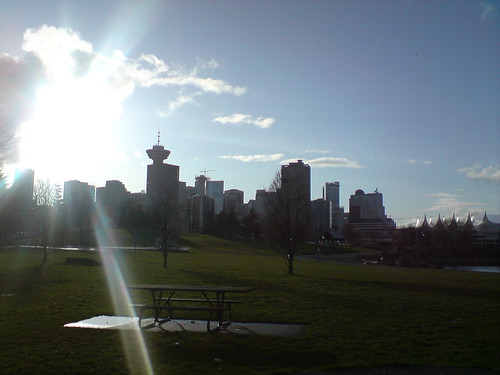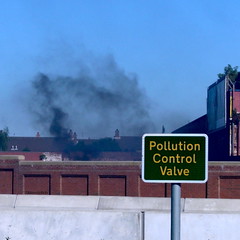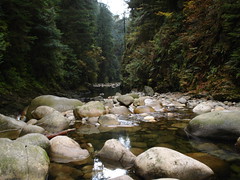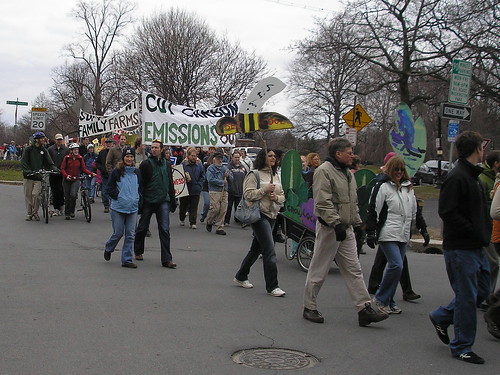 One of the biggest pitfalls I encountered while I was undertaking my PhD and studying traditional policy analysis was a lack of cross-disciplinary perspectives that would inform my research. I was introduced to the field of integrated assessment as an analytical framework by my former PhD advisor. Integrated assessment uses insights from the natural and social sciences to inform policy decisions. Human geography as a discipline has tended to be cross-disciplinary in nature too.
One of the biggest pitfalls I encountered while I was undertaking my PhD and studying traditional policy analysis was a lack of cross-disciplinary perspectives that would inform my research. I was introduced to the field of integrated assessment as an analytical framework by my former PhD advisor. Integrated assessment uses insights from the natural and social sciences to inform policy decisions. Human geography as a discipline has tended to be cross-disciplinary in nature too.
Traditional policy sciences had remained primarily focused on their own discipline. My training has been interdisciplinary almost from the start (from chemical engineering to business strategy to public policy to economic geography to environmental studies). My doctoral dissertation was an interdisciplinary study (though much of the subject matter was rooted in the emerging environmental economic geography field) with a policy analytical focus.
More recent policy analysis textbooks have begun to explore other disciplines (for example Michael Orsini and Miriam Smith’s Critical Policy Studies, 2007, UBC Press). You can read the front matter and Chapter 1 here. Last time I taught Public Policy at the undergraduate level I used Orsini and Smith’s book to spark my students’ interest in cross-disciplinary research. I wish the planning and policy analysis professions spoke to each other more often. Certainly, both fields would benefit from each other’s insights.
The Metro Vancouver area (formerly known as the Greater Vancouver Regional District – see map) pose interesting challenges for students of governance, urban planning and policy analysis. Metro Vancouver, as an organization, (from their “About/Frequently Asked Questions” page) is defined as follows:
Metro Vancouver is both a nonpartisan political body and corporate entity operating under provincial legislation as a ‘regional district’ and ‘greater boards’ on behalf of twenty-two member municipalities and one electoral area. The three primary roles are service delivery, planning, and political leadership.
Metro Vancouver’s core services, which are provided principally to municipalities, are the provision of drinking water, sewerage and drainage, and solid waste management. Regional parks and affordable housing are significant services provided directly to the public.
Metro Vancouver’s three main areas of planning and regulatory responsibility relate to: regional growth (land use through municipalities and transportation through TransLink); waste management (solid and liquid waste) and air quality management (a delegated Provincial function).
Finally, Metro Vancouver serves as the main political forum for discussion of significant community issues at the regional level. It acts as a facilitator, convenor, partner, advocate and a significant instrument for providing information and education to the community.
From a planning perspective, a regional governing body would appear as the best option to ensure essential public services delivery at the intermunicipal scale. A similar argument is made for watershed/river basin councils (given that watersheds transcend jurisdictional and political borders) However, as I have indicated before, effective cross-jurisdictional governance requires strong cooperative intergovernmental relations beyond purely high-level discussions. If municipalities are to provide services, their financial budgetary base should be strengthened. These insights would come from the policy sciences literature.
An analysis of the governing relationships between British Columbia and the Metro Vancouver area would be an interesting case for the literature on federalism and intergovernmental relations. It’s particularly relevant to remember that in the Canadian constitution, only provinces and the Federation have a standing (whereas municipalities don’t). Therefore, it is particularly challenging for municipalities to provide services that require increased funding, yet they don’t have the jurisdictional standing to claim it. Countries like Mexico have begun to increase funding devolution from the Federation to the municipality (not without their own problems, given that the states – equivalent to Canada’s provinces – have begun to see budgetary shortages).
Hat tips to Neil LaMontagne for sparking the conversation that led me to this reflection.







 Discussions on whether Vancouver and other municipalities in Canada should ban bottled water have been predominant in the social discourse particularly in the past couple of years (2007-2009). Earlier this year, the Federation of Canadian Municipalities
Discussions on whether Vancouver and other municipalities in Canada should ban bottled water have been predominant in the social discourse particularly in the past couple of years (2007-2009). Earlier this year, the Federation of Canadian Municipalities 


Recent Comments